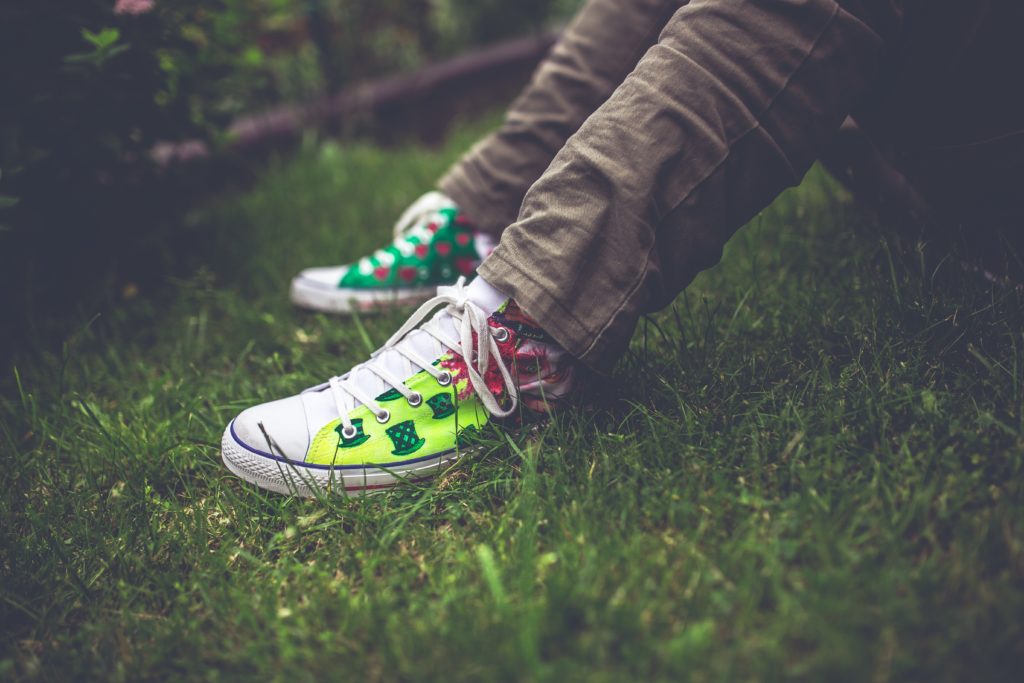Recently, we (a team from Nature Sacred that included our Executive Director Erin Robertson) found ourselves gathered with a diverse group of city leaders and stakeholders representing a broad swath of city departments, in downtown Baltimore, in a room called The IdeaLab.
The purpose: to collectively brainstorm ideas that would lay the foundational concepts for Baltimore’s first Children’s Outdoor Bill of Rights, which the city plans to have finalized by late spring. The COBOR is one, key piece of a larger children and nature initiative the city kicked off at the Mayor’s behest last fall. It’s being funded by the city’s Children & Nature Network and the National League of Cities, which is providing multi-year funding. NLC is an advocacy organisation which represents the nation’s 19,000 cities, towns and villages.
Mayor Pugh sees this as one, potentially powerful means to help address some of the city’s most pervasive and challenging issues – from violence and crime to children’s health.
In her original case statement for the initiative, she went as far as to say that it is “essential that early childhood care providers understand that connecting to nature is an important aspect of child development, on par with basic needs for nurturing a healthy and whole child.”
Nature Sacred has been invited to join the initiative as a stakeholder. “We are thrilled to see the Mayor and the city recognize that beautiful and inspiring urban nature experiences are a right of all the city’s children,” said Erin Robertson, who also sees the important role that our organization can play helping ensure the COBOR is more than aspirational. “We have been active in Baltimore for more than two decades, working with community members to create meaningful green spaces where there previously were none; we believe there are exciting ways we can work with the many other programs and opportunities being offered to see that these 40 plus spaces help the city deliver on its promise to its children.”
Baltimore isn’t the first city to create such a document for its youngest residents; other cities that have already established COBORs and integrated them into larger strategies to connect children with nature include Austin and San Francisco.
While the team working to draft the COBOR is looking at these two examples for inspiration, a strong effort is being made to ensure ours addresses the particular challenges and opportunities unique to Baltimore. These include the disproportionate impact of crime, trauma and chronic stress on the city’s children of color, and as a result, a perception of many within the community of the outdoors as unsafe.
This awareness led to a cluster of suggestions at the IdeaLab meeting for incorporating COBOR language that addressed safety as well as accessibility.
In terms of next steps, the core COBOR team, which is being led by Mary Hardcastle, Carrie Murray Nature Center Director at the Recreation and Parks Department, will organize the ideas that resulted from the initial meeting and share with stakeholders for review and revision. The plan is for the finalized Baltimore Children’s Outdoor Bill of Rights to be announced May 11, during the city’s second annual Wildlife Week.
“We know that there are many parks and green spaces already available here,” said Hardcastle. “Our hope, in part, is to use them – to use nature – to help reduce the effects of trauma in the city.”
What is a Children’s Outdoor Bill of Rights?
Like other Bills of Rights, the Children’s Outdoor Bill of Rights is intended to state plainly and clearly particular rights ALL children in Baltimore should have when it comes to nature and nature access.

